As we explain in our complete guide, the metaverse currently exists as a hodgepodge of different technologies and platforms. But what would a true metaverse look like? Let’s briefly consider that by comparing it to the Internet. Then, we’ll discuss why, we believe, the Multiverse Oculus app serves as the ultimate metaverse VR demo experience.
Note: Multiverse is still in its beta phase. This means users are free to explore and develop on the platform while it’s still being developed. Bugs and frequent changes are likely. It’s also currently only available on the Oculus Quest 2 headset, although it is not Meta/Facebook’s take on the metaverse.
Metaverse: The Next Iteration of the Internet
The web currently exists as a collection of websites, platforms, media, and experiences. Sometimes, those experiences exist independently from others (such as websites). They can link to one another, but they are not connected by any other means.
Other times, those experiences do exist together on a platform. Social media is a great example. You can follow companies, brands, artists, and nonprofit organizations all from one platform. You can even see their posts in a single feed.
Why Multiverse w/ Oculus Offers the Perfect Metaverse VR Demo Experience
In this context, we believe that we’ve found the metaverse VR demo experience that shows what the metaverse might look like. The Multiverse Oculus app offers access to a startup metaverse platform. That platform includes experiences built by its developers and its users.
Some of those experiences exist independently; you can only get to them with a URL (just like in a web browser) or by conducting a voice search. Once there, you’ll find a 3D space featuring videos, media, and other content reflecting whatever its creator wants to share.
Exploring the Multiverse: Infiniverse City
Multiverse also includes Infiniverse, a virtual city where users can purchase apartments and businesses can buy storefronts.
In this virtual city, everything is connected. You can walk down its streets to discover storefronts, friends’ apartments, art exhibits, giant robots, and even natural features like lakes and rivers. Buildings continue to grow taller as users purchase new apartments. The city and its districts grow as more users begin using the platform.
In other words, Inifiniverse is dynamic; it changes (including its physical dimensions) as its user base changes. Yes, it could be argued that real-world cities are also dynamic, but physical growth is much slower and takes significantly more resources. It certainly doesn’t happen automatically or in real time.
Its 2D equivalent is social media platforms. Each site grows as its user base grows. It also grows as users share more content. Yet, it’s all connected by a singular platform.
That’s why we believe Multiverse (and Infiniverse in particular) serves as a metaverse VR demo experience for what we can likely expect from the future of the metaverse.
Infiniverse Property
We previously mentioned that users can purchase apartments, penthouses, and storefronts in Infiniverse. These purchases are made using Metacoin, Multiverse’s in-world currency.
Right now, there isn’t much to Infiniverse property. They largely resemble what you would expect from real-world apartments and storefronts. However, as we’ve mentioned, the platform is still in its pre-beta phase.
It’s worth mentioning that Infiniverse property still has some utility. They can serve as searchable portals to metaverses. Storefronts can also get attention from people traversing the streets. And, of course, they serve as a virtual private area to spend time with friends.
As areas become more popular, Infiniverse properties also gain value. They can easily be bought and sold using Metacoins.
Exploring Different Metaverse Experiences in Multiverse
In the context of Multiverse, a metaverse is a V/R experience created by a user. They are often used to reflect a business, art gallery, experience, church, or political/social movement.
The Multiverse website makes it easy to set up a metaverse with no coding or 3D modeling knowledge. Of course, advanced users can use these skills with an upgraded plan. So, there are many unique experiences created by both the users and developers. We’ll explore a few here.
Lakeside Mall
Lakeside Mall, like any good mall, allows store owners (or, in this context, metaverse owners) to add a branded presence. But unlike a real mall, this one is (currently) free!
The owner, Phil Holmes, has done a great job of marketing this place as a central hub for Multiverse users. Its lobbies feature artists, businesses, venues, and (of course) an arcade! It also dedicates a lobby to autism awareness.
Most of its doors currently link to external content. This is common in Multiverse; doors will often lead to web pages and Oculus apps.





Christian P. Salgado, Attorney at Law
Estate planning lawyer Christian P. Salgado of Santa Maria, CA, used Multiverse to set up his first metaverse office. It closely resembles the lobby of a typical law firm. In addition to estate planning, he also specializes in wealth preservation. He has previously worked as an agent for J.P. Morgan Chase.
Salgado hopes to eventually fill it with educational content, especially as it relates to transactional and intellectual property laws (which will undoubtedly prove valuable in the metaverse). His virtual office is currently located in Infiniverse.



Blair Wiggins Outdoors
“Blair Wiggins Outdoors” is a YouTube series following the seafaring adventures of Blair, a Florida native. It offers an inside look at Florida’s vast fishing scene (often beyond the coast) and offers helpful tips.
The BWG metaverse includes galleries featuring some of their biggest catches and fun times with friends. It also shows several fan favorite show clips on monitors around the lobby.




Doggie District Emporium
Who doesn’t love dogs? (If that wasn’t a rhetorical question, you’re part of the problem). Doggie District Emporium, an ecommerce store specializing in specialty dog food, treatments, and supplements, decided to set up shop in Multiverse as well. Their lobbies include showcases of their most popular products, along with helpful videos to help owners care for their dogs the right way.
It also offers lobbies for pet owners to discuss unique challenges facing their specific breads. Along the way, you’ll find plenty of cute pictures and videos of dogs enjoying the metaverse (all Photoshopped, of course).




Building Your Own Metaverse VR Demo Experience with Multiverse
Earlier, we mentioned that Multiverse makes it easy for beginners to build their own metaverse VR demo experience without coding or 3D modeling skills.
The website makes the process very straightforward, and it offers a free version. Here’s a quick look at how it’s done:
- Register an account
- Create a metaverse space on the website
- Choose a template
- Upload pictures and videos in designated areas
- See how your creation looks using the Multiverse Oculus App
- Add rooms as you see fit
- Use the Multiverse Facebook Group to promote your new metaverse
You will have to choose a plan, although the basic and Pro plans will suit most needs. If you’re a professional 3D modeler and developer, you may want more customization over your metaverse. It’s possible with an Enterprise plan, which is a little more involved.
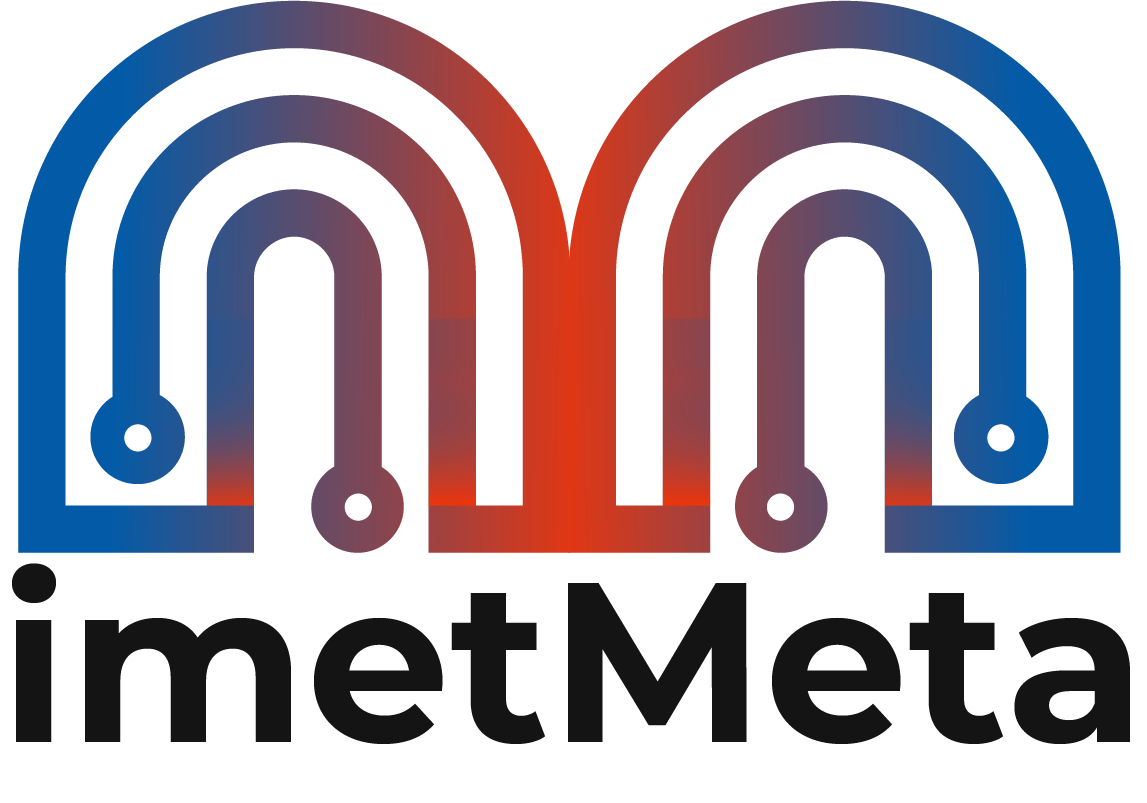
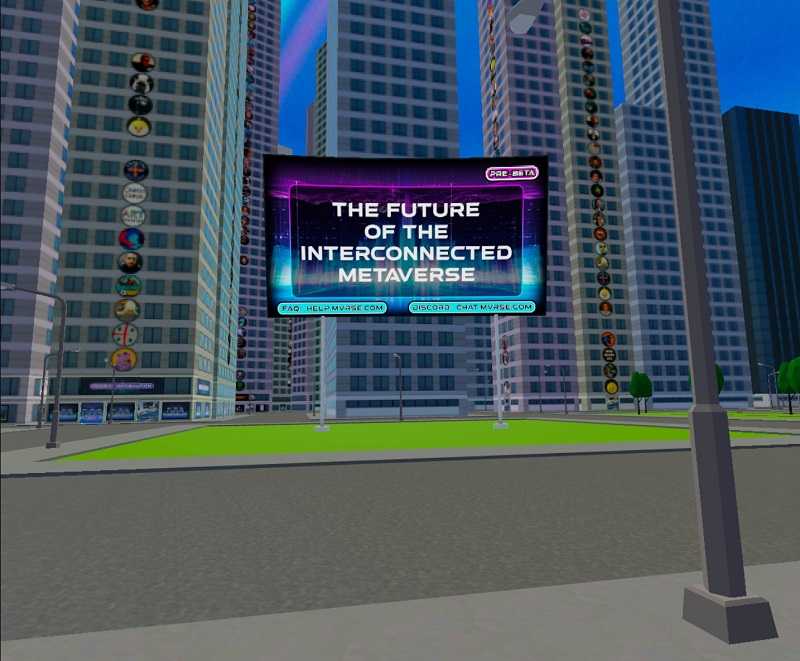



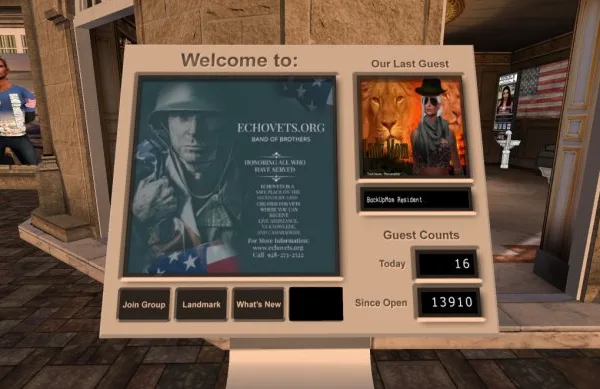
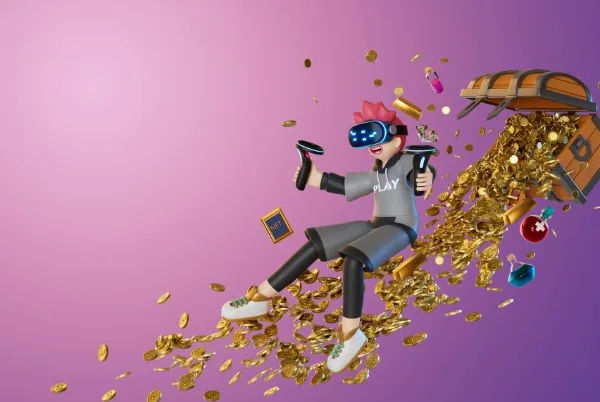
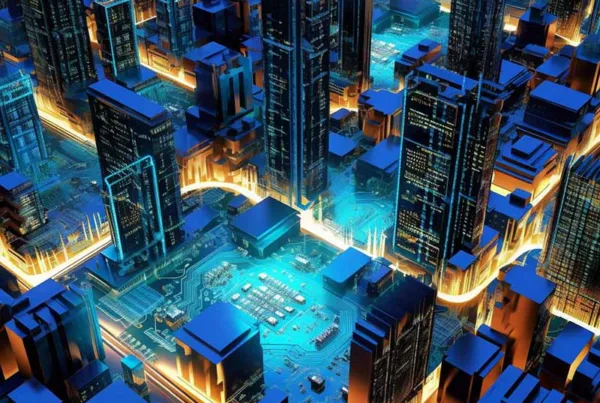
Recent Comments